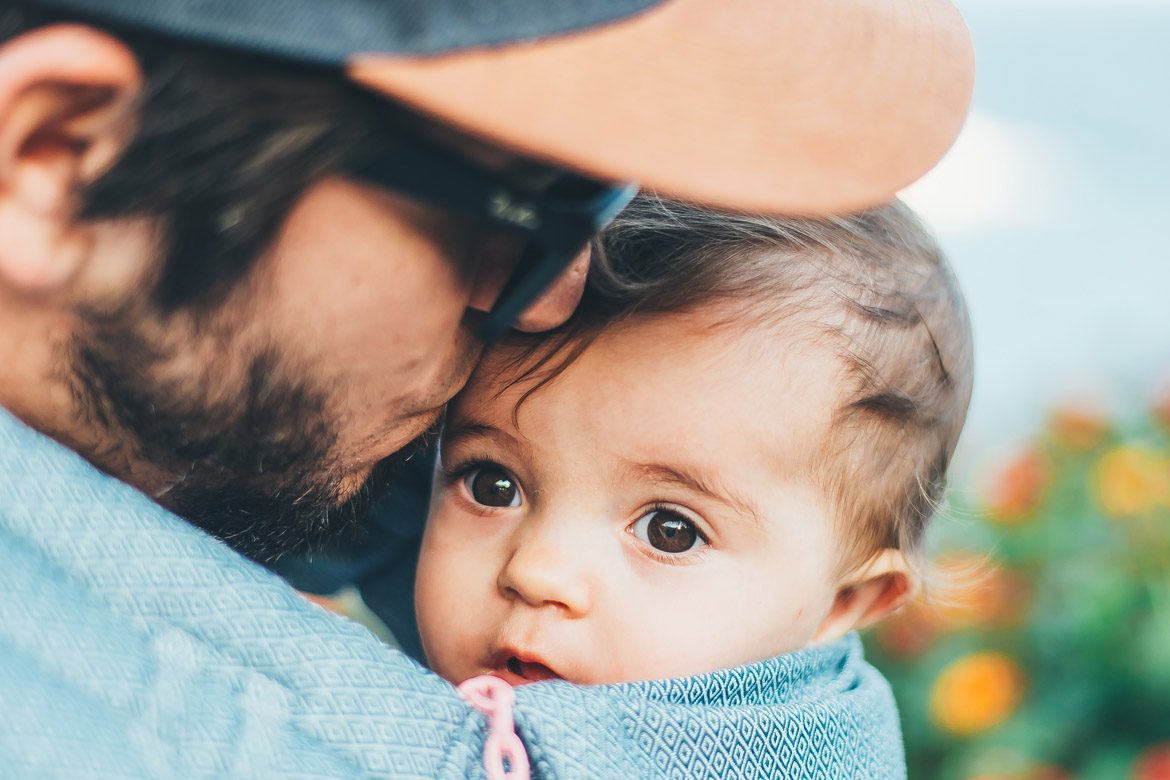By Robin Grille. This article originally appeared in Issue #3 of The Natural Parent Magazine.
The media attention given recently to the phenomenon of bullying in schools, is truly a cause for celebration. Finally our world has begun to take seriously the plight of children: the most powerless sector of the community. Initiatives underway in schools are designed to intervene by identifying bullies and their victims, and then providing counselling and education in more effective social skills. Programs have been developed to teach school bullies alternative behaviours, impulse control, conflict resolution and negotiation skills. The victims of bullying are offered support, protection, and trained in assertiveness wherever practicable.
Though this allopathic approach may yield some benefits, the problem with it is that it’s only a partial solution. If in our attempts to eliminate violence from schools, we narrow our focus to treating the bully, we might be presuming that he or she is the “bad child”: sole originator of the violence. It is all too easy and very tempting to blame bullies for their bullying behaviour. We single them out, brand them as “behavioural problem child”, or perhaps attention deficit child. The odds are that someone in a laboratory somewhere is trying to isolate a “bullying” gene. I can’t help wondering if, somewhere, there is a pharmaceutical company searching for a biochemical cause of bullying: “wait till our shareholders hear we have developed a pacifying drug for bully-children!”
When we ask a child who is hurting to bear all of the responsibility for their aggressive behaviour, we have in a way retaliated by bullying the bully. This in fact adds up to ignoring that a bully is in pain, they have been hurt in some way and are acting out their hurt on others. The truth is that violence does not sprout from within individuals, it is a symptom of families that are hurting, perhaps with members that are hurting each other.
If we believe that better social interaction skills can be learned, by implication we must also believe that violent tendencies are also learned. This will be irksome to those who cherish the idea of an “evil” nature that people are just born with. A prodigious number of studies, replicated worldwide, have shown that violence in the home (both physical and verbal) produces violent children. In Australian research, a link was found between family dysfunction and violent children (Rigby K, Journal of Family Therapy, May 1994). Few notions are so well supported by the research literature, yet it’s surprising how little attention is given to the families of bullies.
Bullying is best understood as an adaptive behaviour that makes sense within certain family environments. A study by Baldry A.C. and Farrington D.P. published in the Journal of Legal and Criminological Psychology, September 1998, examined 11-14 year old school children who reported being bullies and/or victims. Both types of children were found to come from homes where “authoritarian” styles of parenting were employed. In other words: “you’ll do as you’re told, or else, no questions asked!”. Authoritarian parenting is characterised by punitiveness, an immutable power imbalance which favours the parents, and an absence of explanation, negotiation, or consultation.
Social Learning Theory is a mainstream school of psychological thought which states that violent behaviour is brought about through learning. Supported by an enormous body of research data, Social Learning advocates explain that children learn to be violent chiefly through imitation of violent role models. This means that parents who rely on corporal punishment or verbal abuse to “control” their kids are unwittingly acting as models for bullying behaviour (Bandura 1973, Baron, 1977). Secondary sources of modelled violence include older siblings, media violence, peers and even school teachers. Spatz-Widom (1989) conducted an exhaustive analysis of research addressing whether violence is trans-generational. She found substantial support for the notion that violence is begotten by violence. Few things are so well agreed upon by psychologists across the board. This relationship holds true even for verbal violence, as researchers Vissing Y.M. et al (journal article in: Child Abuse and Neglect, 1991) found. Their study revealed that children who had experienced higher levels of verbal aggression at home (being sworn at or insulted) exhibited higher rates of delinquency and interpersonal aggression.
The list goes on, ad infinitum, with studies such as: McCord’s (1979 and 1986, in Berkowitz, 1993, p. 165) study of 230 boys, which found that he was able to accurately predict criminal behaviour based on violent upbringing in 3/4 of cases. Sheline et al (1994) found that elementary school boys’ “behaviour problems” were consistently traceable to lack of parental affection, and to parental use of spanking for discipline. In a study of 570 German families, Muller et al (1995) found a direct path between harsh punishment and anti-social behaviour in children.
Recently, psychologist Elizabeth Gershoff (2002) undertook the mammoth task of collecting all studies done in over 60 years to investigate the effects of corporal punishment – 88 studies in all. She only considered studies looking at ordinary smacking or spanking, and excluded any that looked at physically injurious or legally abusive punishment. The evidence she found was consistent across all studies, and overwhelming: even ordinary smacking tends to make children more aggressive. We can no longer pretend to ourselves that ordinary smacking is not a form of violence, since it can – and often does – lead to more aggressive attitudes in children.
The evidence she found was consistent across all studies, and overwhelming: even ordinary smacking tends to make children more aggressive. We can no longer pretend to ourselves that ordinary smacking is not a form of violence, since it can – and often does – lead to more aggressive attitudes in children.
It is not too difficult to understand why children who are punished physically can become bullies. As far back as (1977), research psychologists Walters and Grusec concluded: “that physical punishment…leads to an increase in aggressive behaviour, and that the mechanism for this increase is imitation”. The smacking or spanking parent is unwittingly acting as a role-model for aggressive behaviour. The way this works was ingeniously demonstrated by a series of experiments reported in Bandura’s 1973 book: Aggression: A Social Learning Analysis. These experiments graphically depicted the way children would imitate adults who acted violently toward toy dummies.
See next page for the rest…











